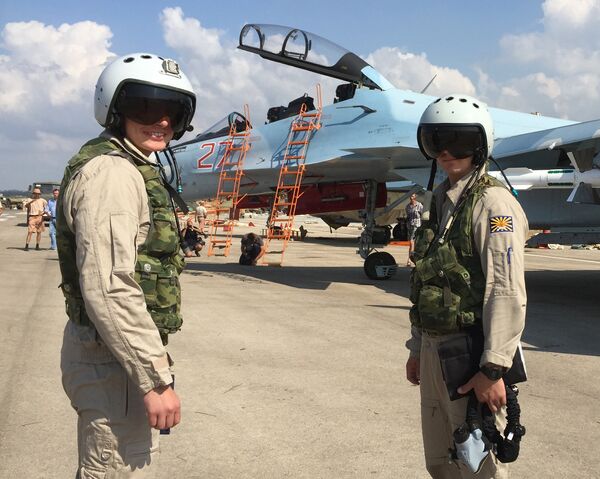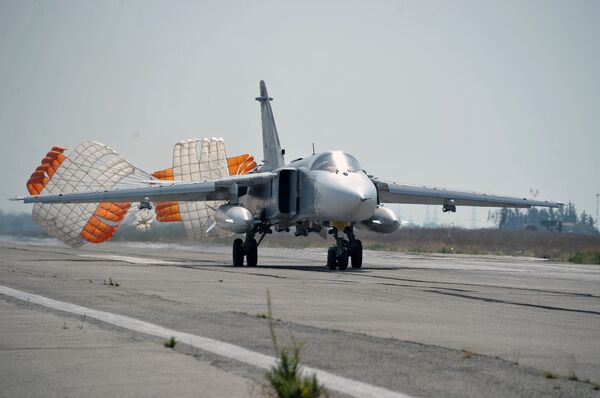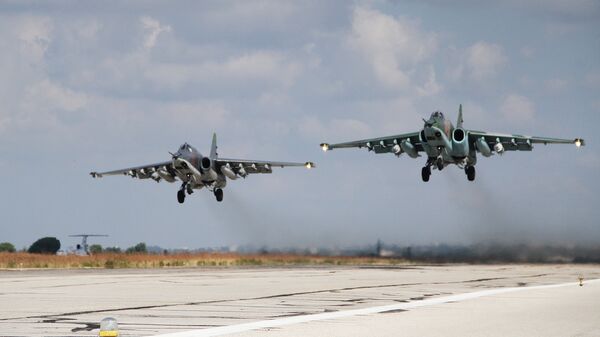The infographics published at the Russian Defense Ministry's website also revealed that the last seven days have seen over 350 sorties by Russian warplanes in Syria.
Additionally, more than 400 terrorist targets in Syria were detected by Russian unmanned aerial vehicles, which made at least 130 reconnaissance flights, according to the infographics.
One highlight of the bombardment campaign was when the Russian Aerospace Forces destroyed a large terrorist convoy that had been heading towards the currently besieged Syrian enclave of Deir ez-Zor, which is surrounded by Daesh terrorist fighters.
Syrian government forces have started implementing new combat methods against terror groups, Rudskoy added, recalling that the Syrian military, supported by Russian jets, had carried out a unique troop landing operation behind the defense lines of Daesh.

Syria has been mired in civil war since March 2011, with government forces loyal to Syrian President Bashar Assad fighting numerous opposition factions and extremist groups operating in the country, including Daesh.
Since September 30, 2015, Russia has been conducting an aerial campaign against terrorists in Syria at Assad's request.

In March 2016, Putin ordered the pullout of the bulk of the Russian contingent in Syria as the campaign's objectives had broadly been completed.
Following Putin's announcement of the withdrawal, Moscow said that some Russian military personnel would remain at the Hmeymim air base as well as the naval facility at Tartus to observe the implementation of the ceasefire in Syria.
SAA+RuAF operation in former ISIS pocket in desert area between Palmyra-Sukhnah. pic.twitter.com/iP4wZj7uVg
— Military Advisor (@miladvisor) 27 августа 2017 г.
Additionally, Russia is currently operating the Center for the Reconciliation of Opposing Sides in the country.



